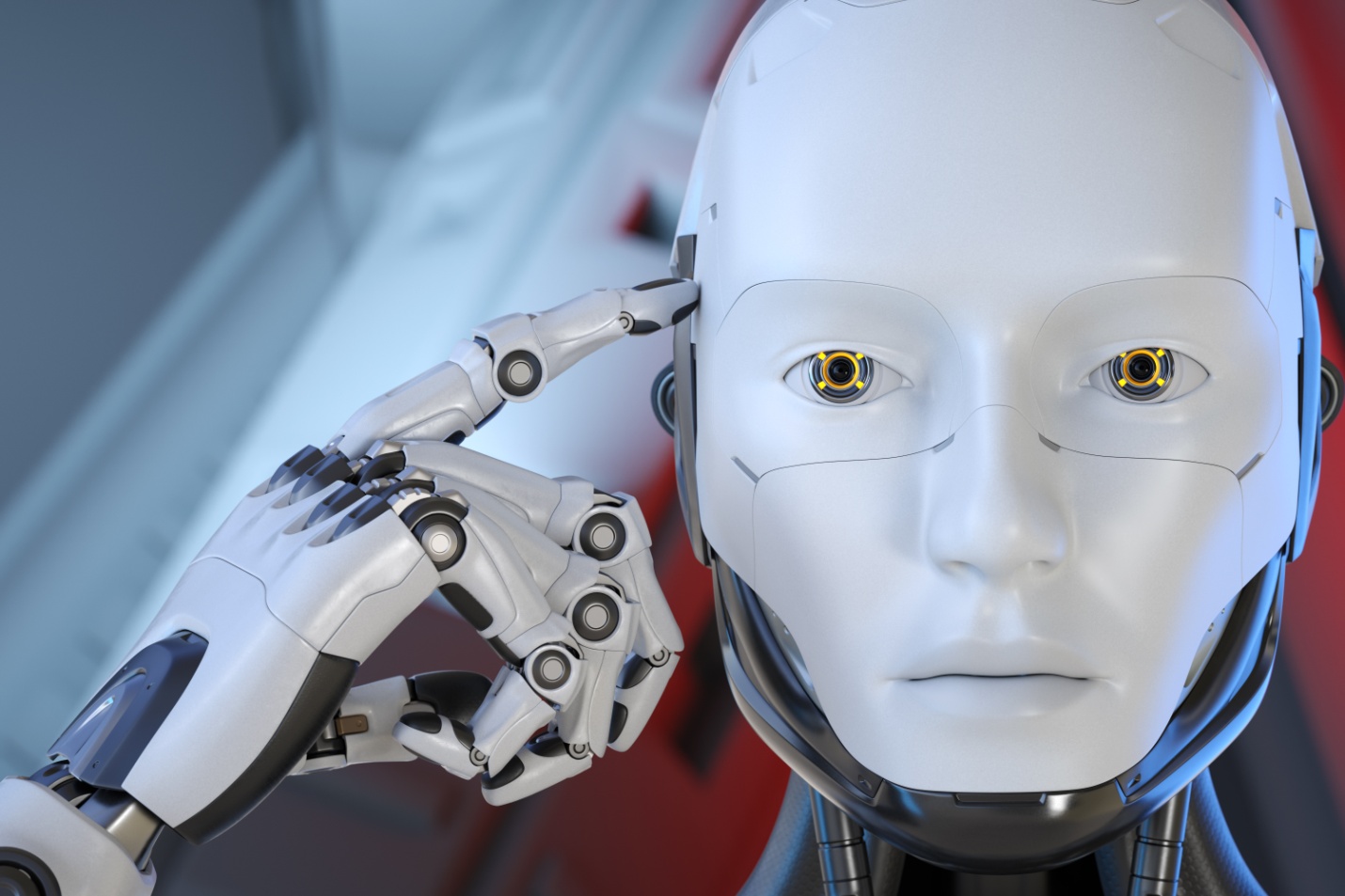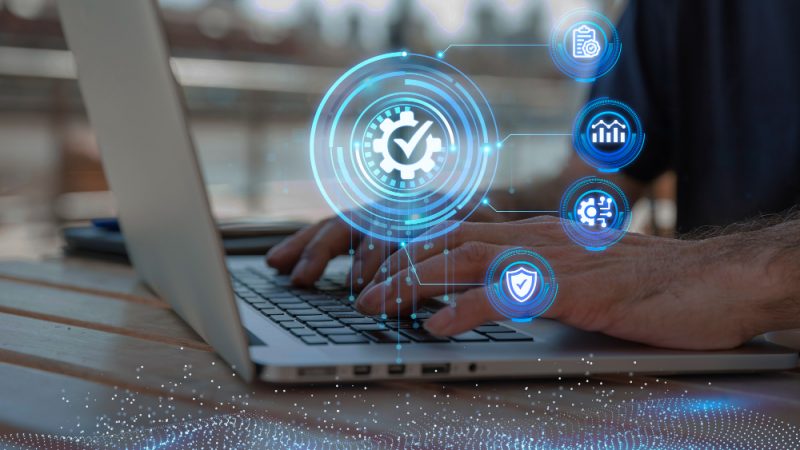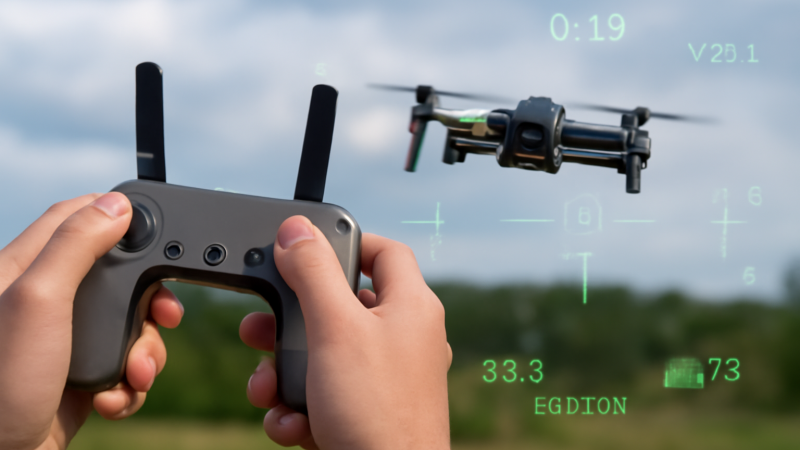Digital twins’ technology in future healthcare

A digital twin is the representation of a product or process created through the use of a computer program that uses real-world data to forecast efficiency.
One way manufacturers can enhance their output is by adopting the internet of things, artificial intelligence, and software analytics.
Digital twin technology is widely used in industries like healthcare, manufacturing, science, and technology.
What is digital twin technology in healthcare?
A digital twin is a virtual copy of a physical entity or process, such as a patient, anatomical structure, or hospital environment. Alongwith extensive detail and moment-to-moment feedback on a patient’s state and health. more information
It is modeled on data sources including electronic health records (EHRs), disease registries, wearable sensors, and more.
In the near future, digital twins could be employed to anticipate the onset of disease and be used to collaborate on treatments and patient care.
Is digital twin health the future of healthcare?
Digital twin technology is becoming increasingly common.
- The global digital twin market size was valued at USD 3.1 billion in 2020 and is projected to reach USD 48.2 billion by 2026.
- It is expected to grow at a CAGR of 58.0% during the forecast period. Increasing demand for digital twins in the healthcare and pharmaceutical industries due to the outbreak of the COVID-19 pandemic.
- The changing face of maintenance, and the growing adoption of digital twin solutions to cope with the COVID-19 pandemic are the key factors driving the growth of the digital twin market.
Ways medical digital twins will transform healthcare
Digital Twin embraces four technologies to create visual representation, capture, store, analyze data and provide valuable insights. These technologies are the IoT, Extended Reality (XR), Cloud, and Artificial Intelligence (AI).
Personalized health information
The pandemic has helped fuel the growth of digital health services that help people assess and treat simple diseases using AI.
Through this digital twin solution, the efficacy, and interactions of medications in a patient’s body based on their personal characteristics, such as age, gender, and kidney status, are monitored.
Various applications are available to track and store health-related information, such as recording daily physical activity, calculating calorie intake, and planning drug and appointment reminders.
An example of digital twin includes therapy decision support for cancer treatment.
Digital Twin with patient’s imaging data, genetic data, and laboratory results helps the doctor decide optimum treatment from surgery, radiation therapy, or hormone therapy.
To deal with chronic disease in a significant population, Digital Twin helps detect it by analyzing physiological and behavioral data.
Advanced Surgical Planning:
Running pre-operative and post-operative tests and obtaining outcomes on a digital replica of human body parts eliminates the risk of damaging human health.
The National Institute of Health (NIH) develops digital twin models of athletes throughout their careers to accurately predict concussion-related brain injury trauma.
Patient Monitoring
Remote patient monitoring technologies include mobile applications or devices that can measure patient health information such as blood pressure or blood sugar, sleep patterns and transmit them to the health team.
The market for wearable devices is expected to be worth $51.60 billion by 2022, it is essential to consider the benefits of integrating them with telemedicine software.
Testing Drugs and Medical Education.
Artificial Intelligence algorithms are used to pace up drug trials.
Most notably, digital twin technology is used to monitor and predict the impact of experimental drugs on patients in real-world settings.
In the future, it can also help doctors improve the performance of patient-specific treatment plans.
Digital twins, combined with enhanced/virtual reality, are rapidly gaining momentum to meet the training and educational needs of health professionals.
Improving caregiver experience
Digital twins can also help caregivers capture and find information shared across physicians and multiple specialists.
For instance, if a person sees their regular primary care physician, they will have a baseline understanding of the patient, their medical history, and medications. If the same patient sees a specialist, many repetitive questions can be asked.
Using technologies like Natural Language Processing, a digital twin can model the patient and use all the data to help understand what is going on for them.
This saves time and improves the accuracy of capturing and presenting information like specific medications, health conditions that providers need to know in context to make clinical decisions.
Current Trends and Challenges
Trends:
- Digital twins in health care revolutionize clinical processes and hospital management by improving medical care with digital tracking and advancing human body modeling.
- Such tools are of significant help to researchers in studying diseases, new drugs, and medical devices.
- Digital twin technologies allow simulations to be performed to find out how different people would react to different treatments.
- Medical digital twin technologycan also be used to represent a person’s genome, physiological characteristics, and lifestyle to fully personalize medicine.
Challenges:
- Rising healthcare costs.
- Inefficient processes.
- Poor access to healthcare.
- Inadequate quality of care.
- And a lack of patient-specific treatment.
Conclusion
- With the promise of personalized health information, remote patient monitoring, advanced surgical planning, and many other digital twins, demand in the medical field has increased significantly.
- Further with the Digital Twin model care settings, operational strategies and staffing help hospitals and medical practices optimize costs and improve patient care.
- Now in Healthcare, along with data from IoT, Digital Twin Application in Healthcare will play an important role in improving the health and medical sector.
 Author Bio – I work as a senior marketing manager for Bizmatics (A leading EHR software provider). I’m creative and understand the value of effective content marketing in the construction industry. I’m a frequent reader of healthcare marketing, which leads me to the Prognocis Blog.
Author Bio – I work as a senior marketing manager for Bizmatics (A leading EHR software provider). I’m creative and understand the value of effective content marketing in the construction industry. I’m a frequent reader of healthcare marketing, which leads me to the Prognocis Blog.






